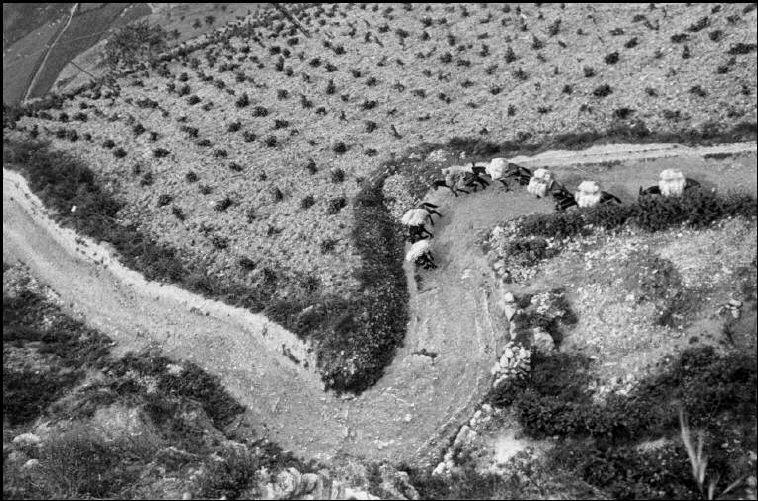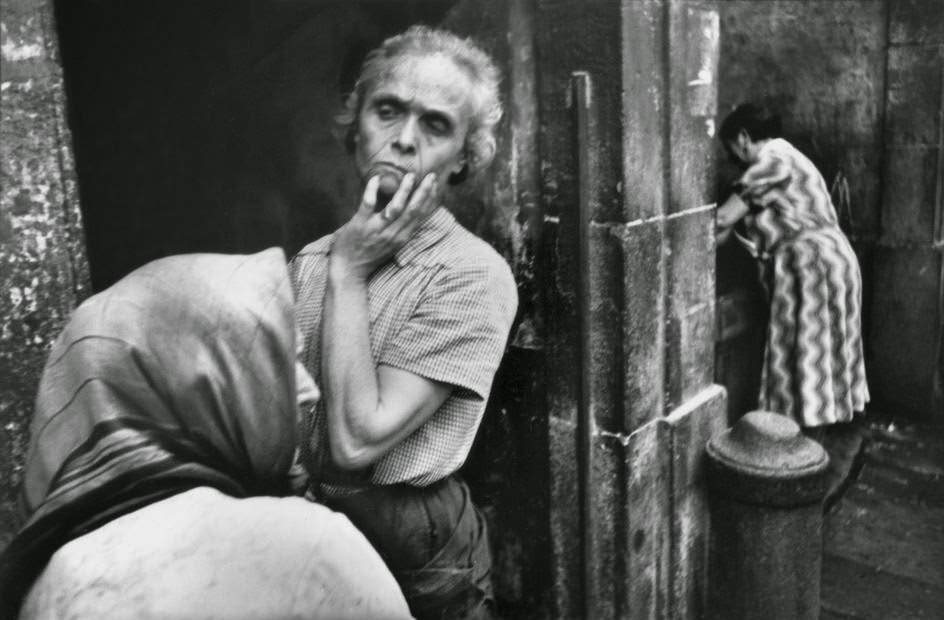Henri Cartier-Bresson studied Cubist painting in 1927 at André Lhote’s Montparnasse academy. After recovering from blackwater fever, Cartier-Bresson picked up the camera. Born to a wealthy textile merchant, he extricated himself from his conservative upbringing by becoming a bohemian artist. In 1930, he traveled solitary in Africa for a year, again distancing himself from Western culture.
He made his first photographs in Paris and Eastern Europe, influenced by both Cubism and Surrealism-bold planes, collage-like compositions, and spatial ambiguity-as well as a consideration of society’s outcasts and the dark alleys where they lived and worked. The photographer traveled to Italy, Spain, Morocco, and Mexico with an unwieldy box camera, then a small 35mm Leica in 1932, developing what would become a hallmark of twentieth-century photography.
To me, photography is the simultaneous recognition, in a fraction of a second, of the significance of an event as well as of a precise organization of forms which gave that event its proper expression.
Here are some fascinating photos that captured the life of Spain in 1933 by Henri Cartier-Bresson.

























